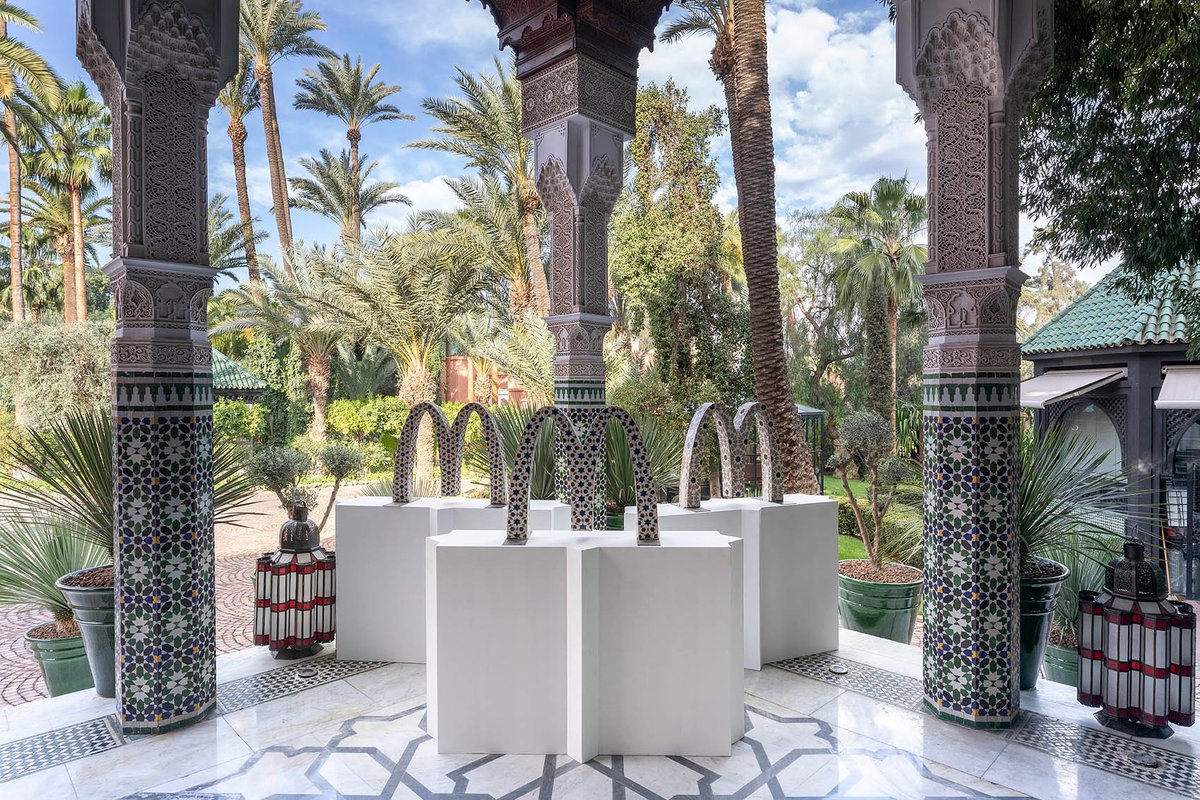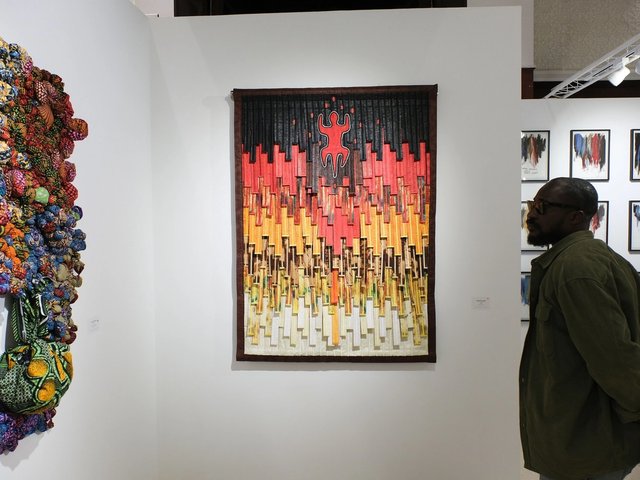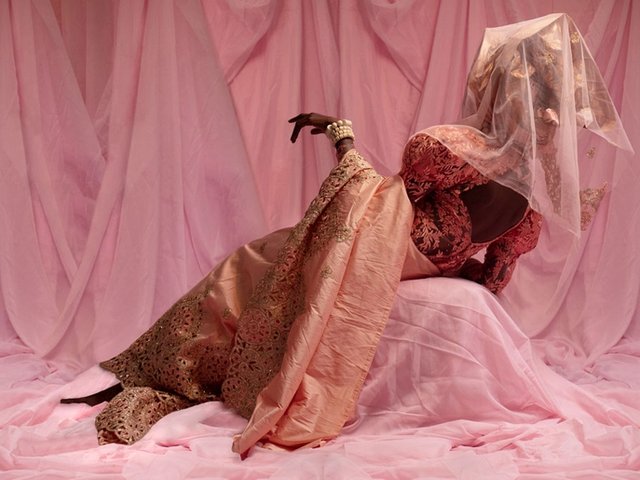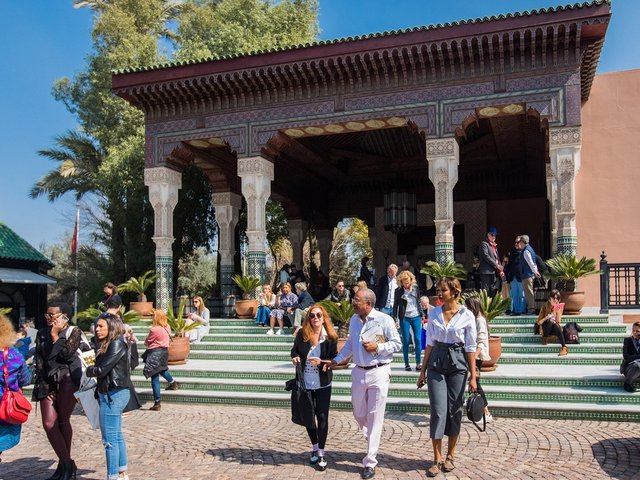The 1-54 Contemporary African Art fair will return to Morocco this month for its sixth Marrakech edition (30 January-2 February), the smallest of its fairs which organisers hope will allow for more in-depth connections between dealers and collectors, unlike the bustle of a typical sprawling, white-walled mega-fair.
Drawing its name from the 54 countries on the continent, 1-54 is the only major fair dedicated to showcasing art from Africa and its diaspora. The Marrakech edition is the only one of 1-54’s three annual fairs that is held in Africa, with the other two held in New York and London.
The fair “is very important for the artists and the galleries because it’s on the African continent”, says Touria El Glaoui, the fair’s founding director. “Marrakech also holds, geographically, a very strategic position because it’s a meeting point for African, European and Middle Eastern audiences.”
Arabic is an official language of Morocco, but French is still widely spoken there, a legacy of France’s colonial rule. Those two languages tend to engage more galleries and collectors from the Middle East and French-speaking countries in Africa compared with 1-54’s other fairs. This year, galleries taking part in the Marrakech fair for the first time include Galerie Farah Fakhri from Côte d’Ivoire, Hunna Art from Kuwait and Le Violon Bleu from Tunisia.
The first edition of 1-54 Marrakech was held in 2018, and it remains smaller than the 1-54 fairs in London and New York. This year’s event will welcome around 30 exhibitors from 14 countries, with heavy representation from Africa, particularly Morocco.
The fair is spread out across La Mamounia, a luxury hotel in the heart of Marrakech, and DaDa, a cultural events space located nearby on the other side of the Koutoubia mosque’s 12th-century estate. Many visiting collectors stay at the hotel for the duration of the fair, allowing for them to meet with dealers for coffee or lunch outside of the traditional art fair stand experience, El Glaoui says.
A ‘more intimate’ experience
“It encourages a more tailored networking opportunity,” El Glaoui adds. “It is smaller, but it is also more intimate. It allows, for collectors, a deeper engagement with the gallerists and the artists.”
The commercial side of the fair is beholden to the same soft market that has affected the rest of the art world. Modern and contemporary African art sales at auction fell by 8.4% in 2023, according to a report released last May by the art market research firm ArtTactic.
“It has been a hard year for everyone in the global art market, but I can only say that African art continues to attract a significant amount of attention from collectors and institutions in the wider market,” El Glaoui says.
The fair’s founder was born and raised in Morocco, and is the daughter of one of the country’s most celebrated Modern painters, Hassan El Glaoui. She says the vibrant backdrop of Marrakech and the city’s growing art scene compliment the fair. And unlike at 1-54 London in October or 1-54 New York in May, the Marrakech edition is not competing with other, larger art fairs in the city.
“Because we’re at the same time as Frieze or Tefaf in New York, everybody’s competing for the time of the collectors,” El Glaoui says. “But in Marrakech, the feeling is a bit different, because the collectors are in town for 1-54, so they’re very accessible. We really make an effort that their sometimes first experience in Africa is something to remember.”
• 1-54 Contemporary African Art fair, Marrakech, 30 January-2 February






